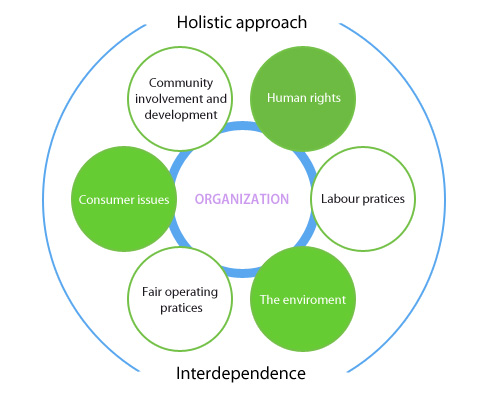2nd BGU. Strategy- Definition - 5 Forces Model
https://www.youtube.com/watch?v=0yHwUp87xcI&ab_channel=CommuterLearningTV
What is Business Strategy
To be clear, professionals think about strategy in different ways, so there isn’t a single clear definition of strategy. However, Michael Porter defines strategy as a competitive position, “deliberately choosing a different set of activities to deliver a unique mix of value.” In other words, you need to understand your competitors and the market you’ve chosen to determine how your business should react.
Michael Porter and the industrial organisation paradigm
After relabelling the field ‘strategic management’ in the late 1970s, the focus moved towards industrial organisation economics in both theory and method. At this time research was aiming to develop and test hypotheses derived from the structure-conduct-performance (SCP) paradigm. The basic idea of this paradigm is that the performance of a firm is determined by the industry in which it competes. The conduct of a firm is just a reflection of the industry structure, so that the most important decision a firm has to make is in which industry it wants to compete in. The SCP paradigm led to a shift in focus from the firm to the industry or market structure. The most influential scholar from this era is Michael Porter, who is not only well known among researchers but also among practitioners. He developed the so- called ‘five forces’ model that specified different features of an industry and which determines its attractiveness and facilitates competitor analysis. Porter also proposed the idea of generic strategies – low cost leadership, differentiation and focus – to match the characteristics of industry and achieve a competitive advantage.
Besides the SCP paradigm, research at this time developed the idea of strategic groups. Strategic groups are groups of firms in the same industry who follow the same strategy, for example, all suitcase producers in the high-price market like Louis Vuitton or Bottega Veneta.
A third important research theme, influenced by industrial organisation economics, is competitive dynamics.The basic interest of competitive dynamics is to investigate how firms are jostling for competitive advantage by carrying out different types of strategic and tactical actions.
Porter's 5 Forces
Porter's Five Forces is a framework for analyzing a company's competitive environment.The number and power of a company's competitive rivals, potential new market entrants, suppliers, customers, and substitute products influence a company's profitability.Five Forces analysis can be used to guide business strategy to increase competitive advantage.
https://www.youtube.com/watch?v=XCWHSeDU-zk&ab_channel=HarvardBusinessReview
Porter Five Forces Exercise
Consider a new product or service that your company is looking to develop and launch. Use Porter’s model to help understand forces in your environment and to help understand the potential return (if any) on a new product or service.
1. Threat of entry of new competitors:
2. Bargaining power of suppliers:
3. Threat of substitute products or services:
4. Bargaining power of customers:
5. Rivalry among existing firms in the industry:





Comments
Post a Comment